Milpharm Lamotrigine 25mg Tablet is an antiepileptic medication used to control seizures and stabilize mood. This formulation contains 25mg of lamotrigine, effectively treating epilepsy, bipolar disorder, and preventing seizure recurrence.
Uses
Milpharm Lamotrigine treats various types of epilepsy including partial seizures, generalized tonic-clonic seizures, and Lennox-Gastaut syndrome. It’s also prescribed for bipolar disorder maintenance therapy to prevent mood episodes and as adjunctive therapy with other antiepileptic medications.
Benefits
- Effectively controls multiple seizure types
- Stabilizes mood in bipolar disorder patients
- Reduces frequency and severity of seizures
- Prevents manic and depressive episodes
- Well-tolerated compared to older antiepileptics
- Minimal cognitive impairment effects
- Suitable for long-term maintenance therapy
- Can be used as monotherapy or combination treatment
- Improves quality of life in epilepsy patients
How It Works
Milpharm Lamotrigine works by blocking voltage-sensitive sodium channels in nerve cell membranes, stabilizing neuronal activity and preventing abnormal electrical discharges. It also modulates calcium channels and inhibits glutamate release, reducing seizure activity and mood instability through multiple mechanisms.
Dosage
| Indication | Starting Dosage | Maintenance Dosage |
|---|---|---|
| Epilepsy (monotherapy) | 25mg once daily | 100-200mg daily |
| Bipolar disorder | 25mg once daily | 100-400mg daily |
Start with low doses and gradually increase over several weeks. Take at the same time daily, with or without food. Dosage adjustments depend on response and concurrent medications.
Duration of Action
Milpharm Lamotrigine reaches peak blood levels within 1-3 hours after oral administration. The medication has a half-life of 12-15 hours, providing 24-hour seizure control with twice-daily dosing. Steady-state levels are achieved after 4-5 days of consistent dosing.
Side Effects
Common side effects include dizziness, headache, drowsiness, and nausea. Some patients experience double vision, fatigue, or coordination problems. Serious but rare side effects include potentially life-threatening skin rashes, particularly Stevens-Johnson syndrome, which requires immediate medical attention.
Warning
Milpharm Lamotrigine can cause serious, potentially fatal skin reactions, especially during the first 8 weeks of treatment. Seek immediate medical attention for any rash, fever, or flu-like symptoms. Do not stop taking suddenly as this may trigger seizures or mood episodes. Dosage adjustments must be gradual.
Pregnancy and Breastfeeding
Lamotrigine crosses the placenta and may increase risk of birth defects, particularly cleft lip and palate. However, seizure control during pregnancy is crucial. Dosage adjustments may be needed due to pregnancy-related changes. Lamotrigine passes into breast milk but breastfeeding may continue with medical supervision.
Interaction
- Valproate significantly increases lamotrigine levels, requiring dose reduction
- Carbamazepine and phenytoin decrease lamotrigine effectiveness
- May reduce effectiveness of hormonal contraceptives
- Alcohol may increase sedative effects
- Some antibiotics may affect lamotrigine metabolism
- Concurrent use with other mood stabilizers requires careful monitoring
Precaution
Regular blood tests may be needed to monitor medication levels and liver function. Use caution when driving or operating machinery due to potential dizziness. Patients with kidney or liver impairment may require dose adjustments. Maintain consistent dosing schedule and don’t miss doses.
Important Information
Milpharm Lamotrigine is a prescription medication requiring medical supervision. Keep a seizure diary to track frequency and triggers. Carry medical identification indicating epilepsy or bipolar disorder. Store at room temperature away from moisture and heat. Never share medication with others, even if they have similar symptoms.
Product Image Highlights
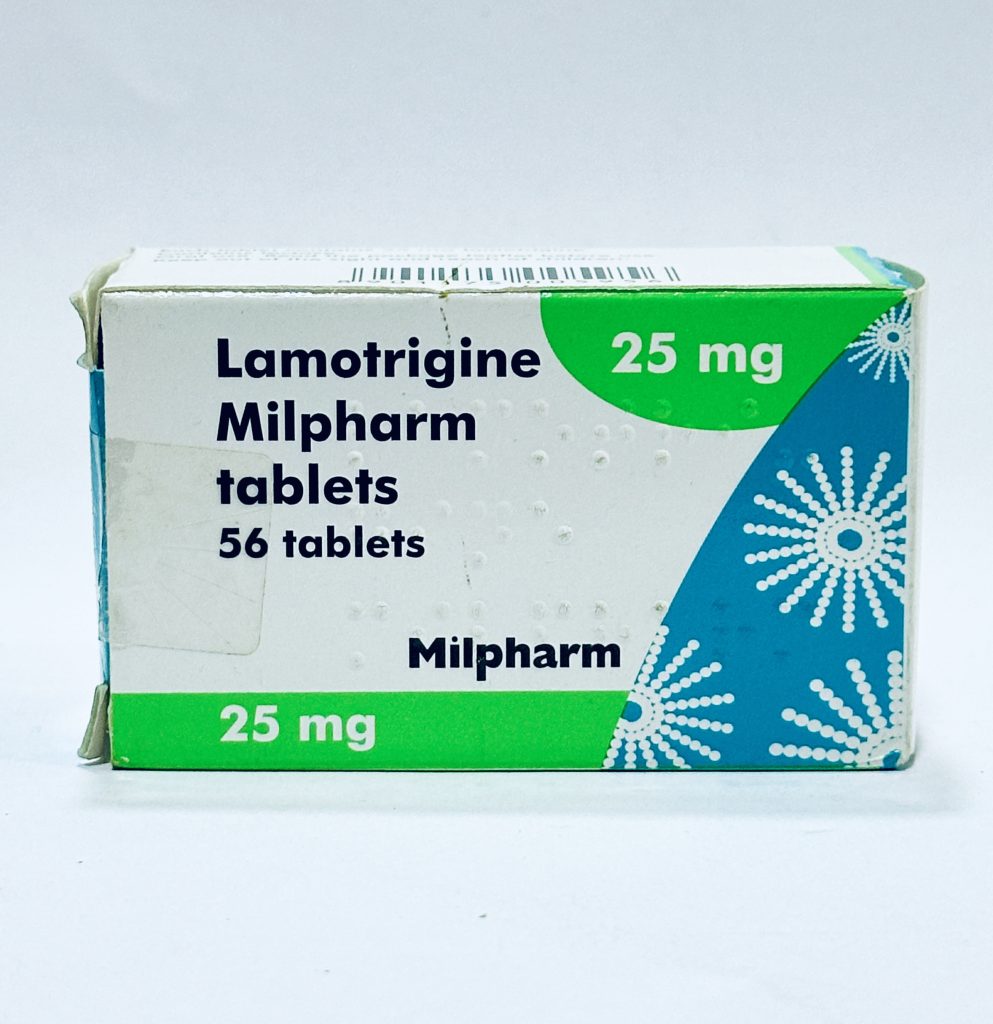
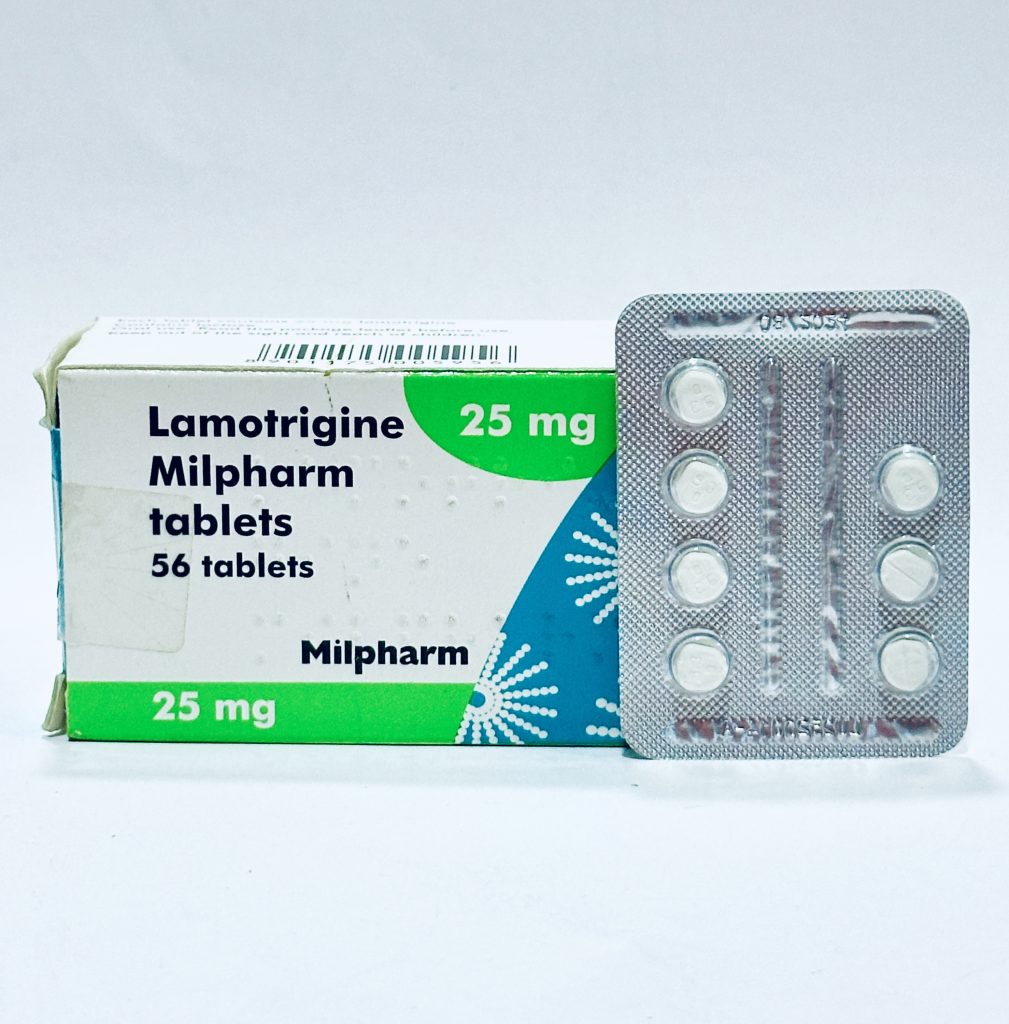
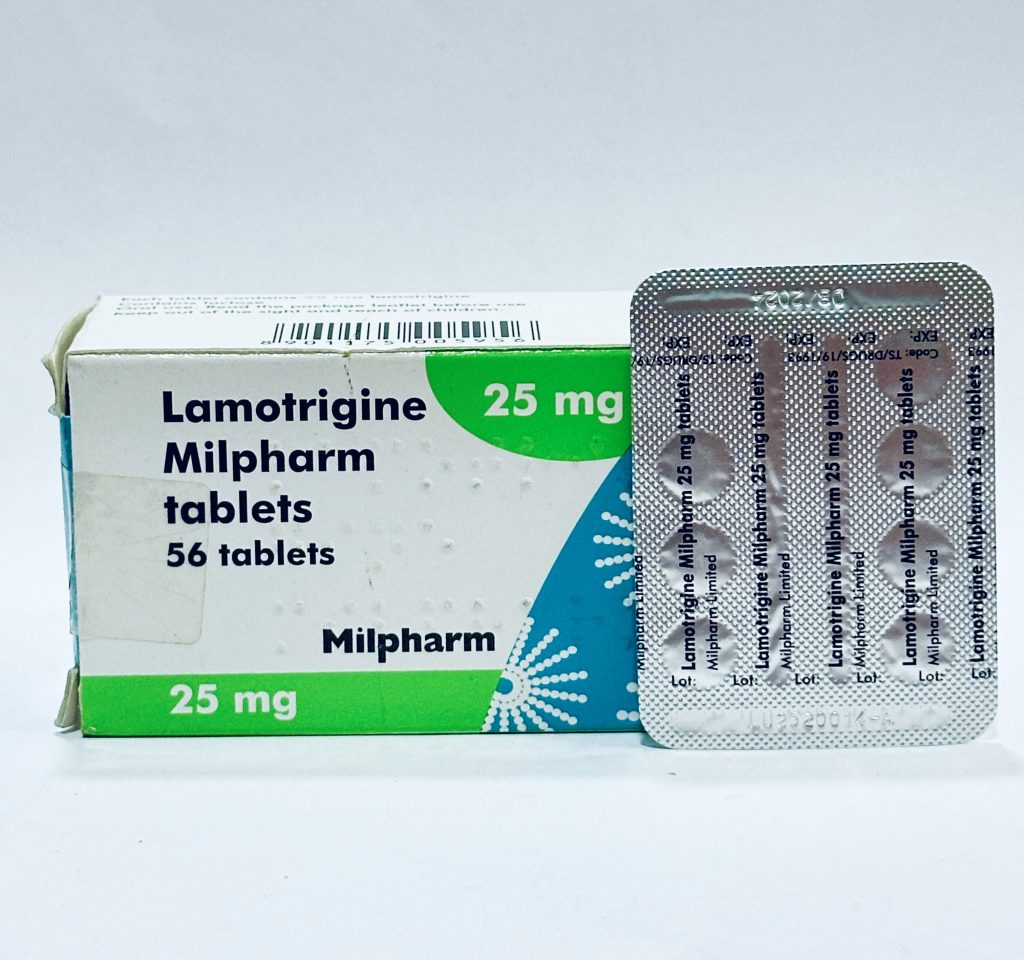
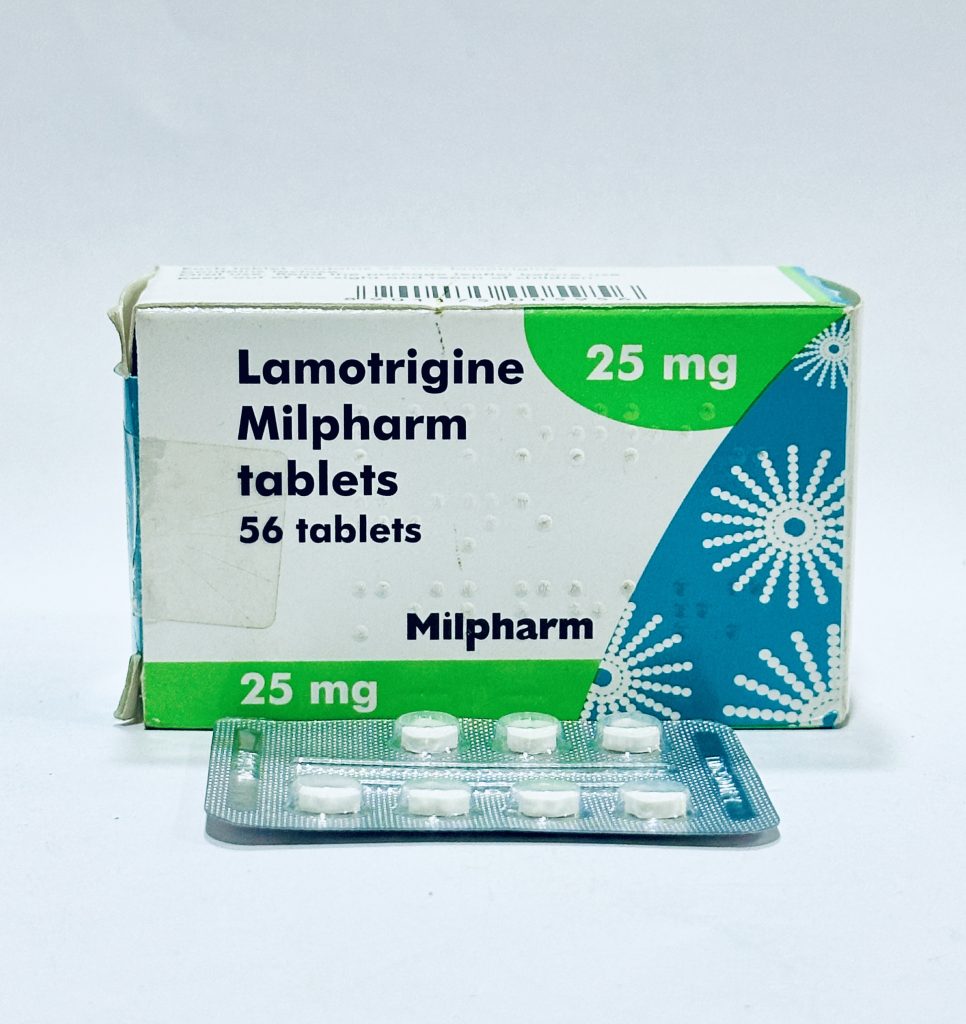
Customer questions & answers
There are no questions yet. Be the first to ask a question about this product.
Tailored to Your Needs
-
 ₦ 34,000.00Rated 0 out of 5
₦ 34,000.00Rated 0 out of 5Epilim syrup contains sodium valproate, It is used to treat...
-
 ₦ 20,000.00Rated 0 out of 5
₦ 20,000.00Rated 0 out of 5Keppra 250mg Tablets is a brand name for the anticonvulsant...
-
 ₦ 27,500.00Rated 0 out of 5
₦ 27,500.00Rated 0 out of 5Neuracalm 150mg Capsule is used to treat diabetic peripheral neuropathy,...
-
 ₦ 15,000.00Rated 0 out of 5
₦ 15,000.00Rated 0 out of 5Tecral 200mg Tablet (Carbamazepine) is used to control seizures in epilepsy,...

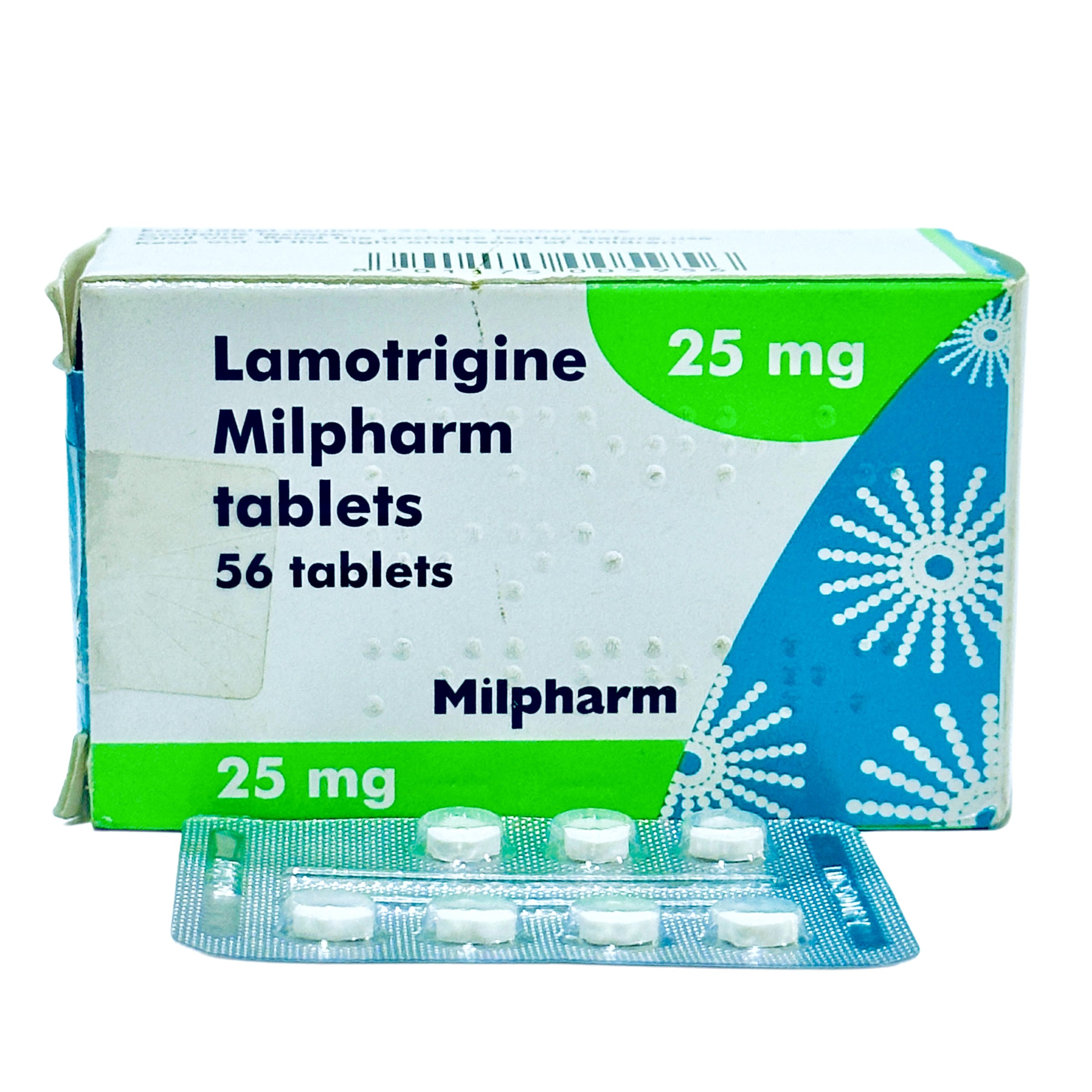



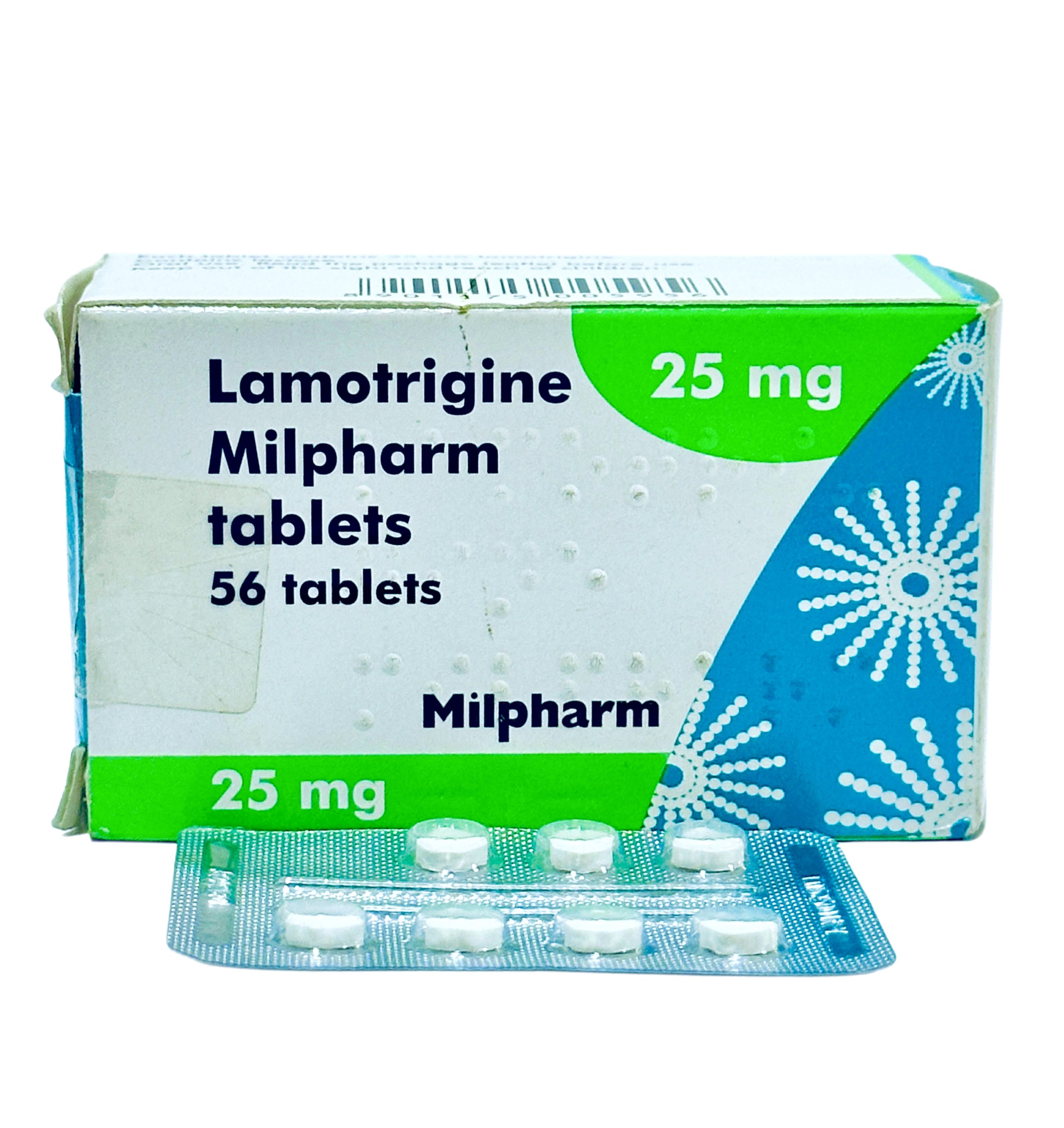
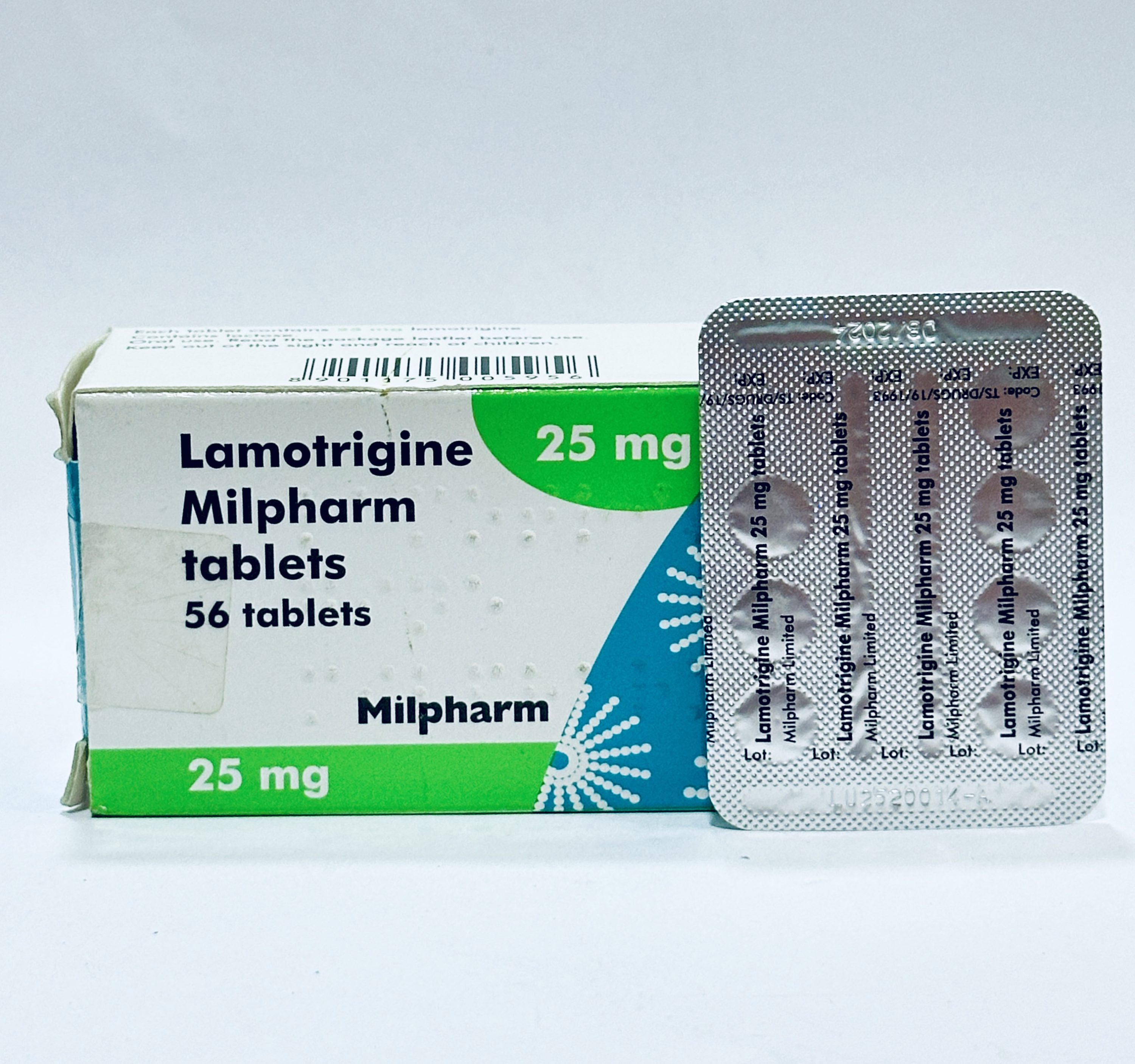
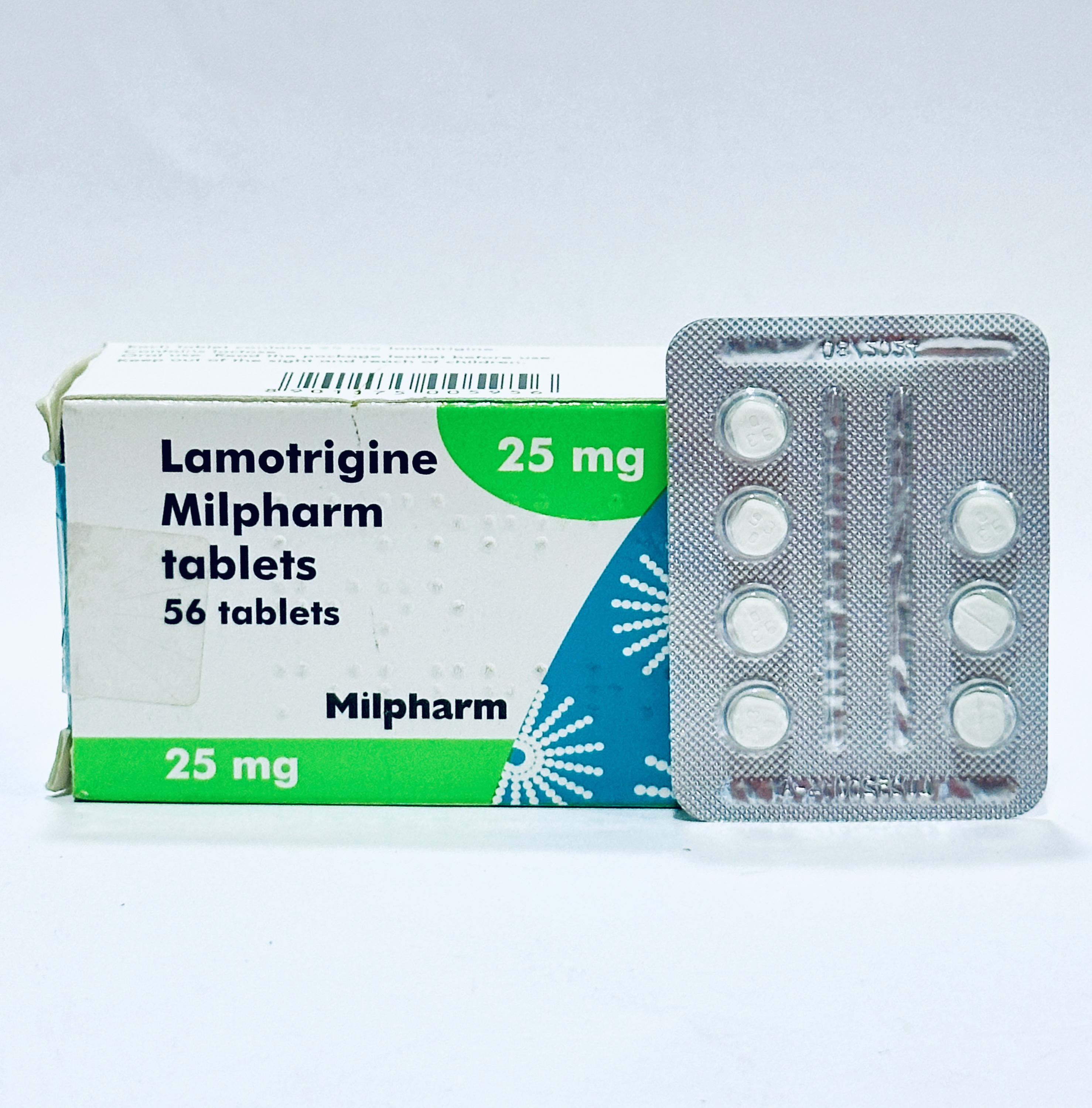







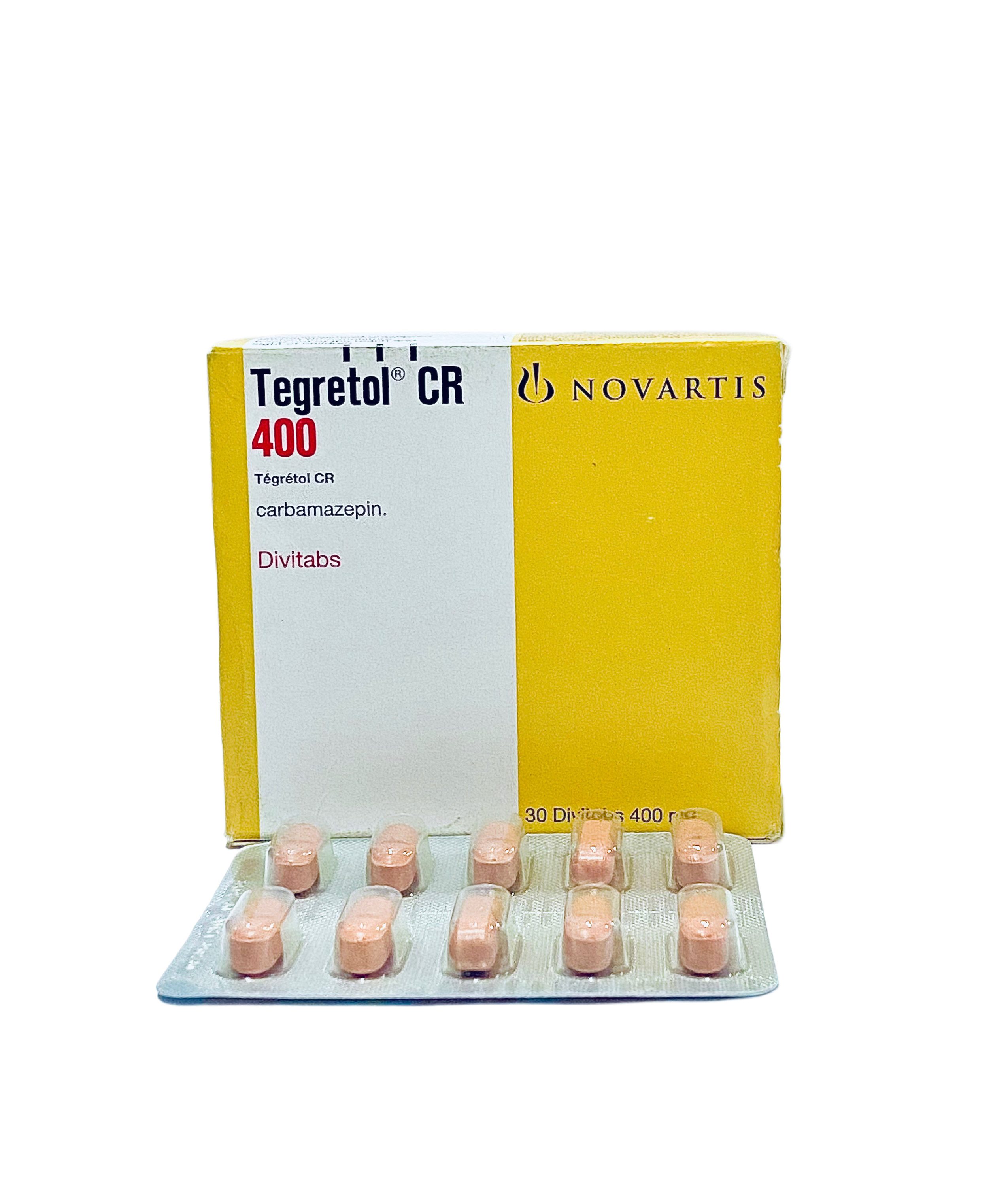


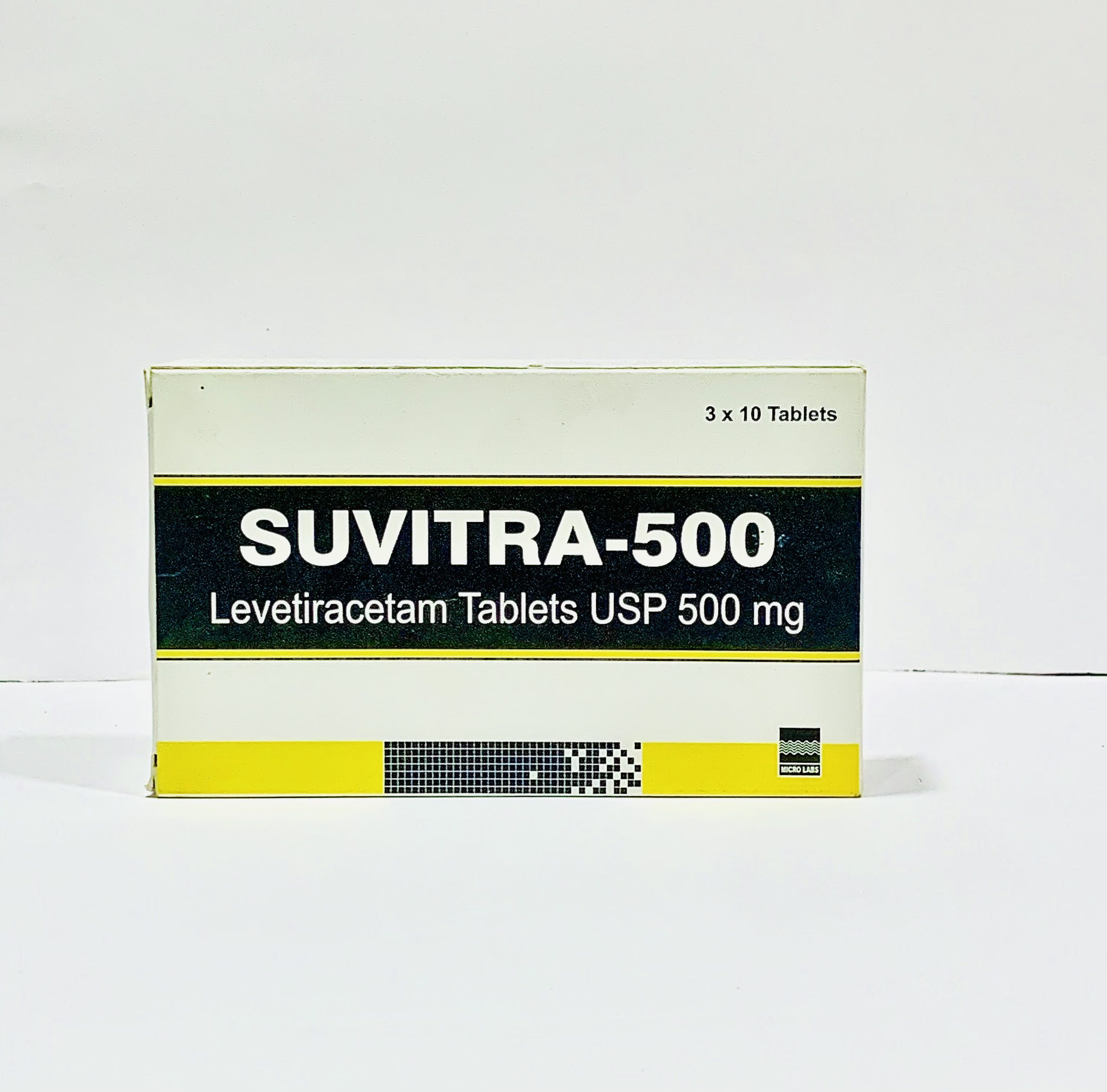


















Reviews
There are no reviews yet.